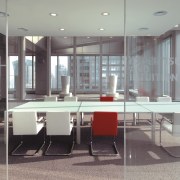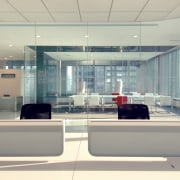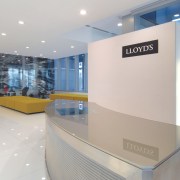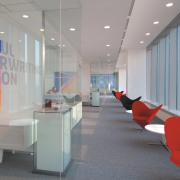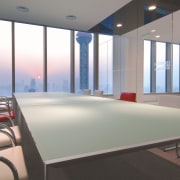Open-door policies
Large-scale glazing and a minimalist aesthetic have been adopted in the design of these offices, in order to reflect the principles of the company that inhabits them
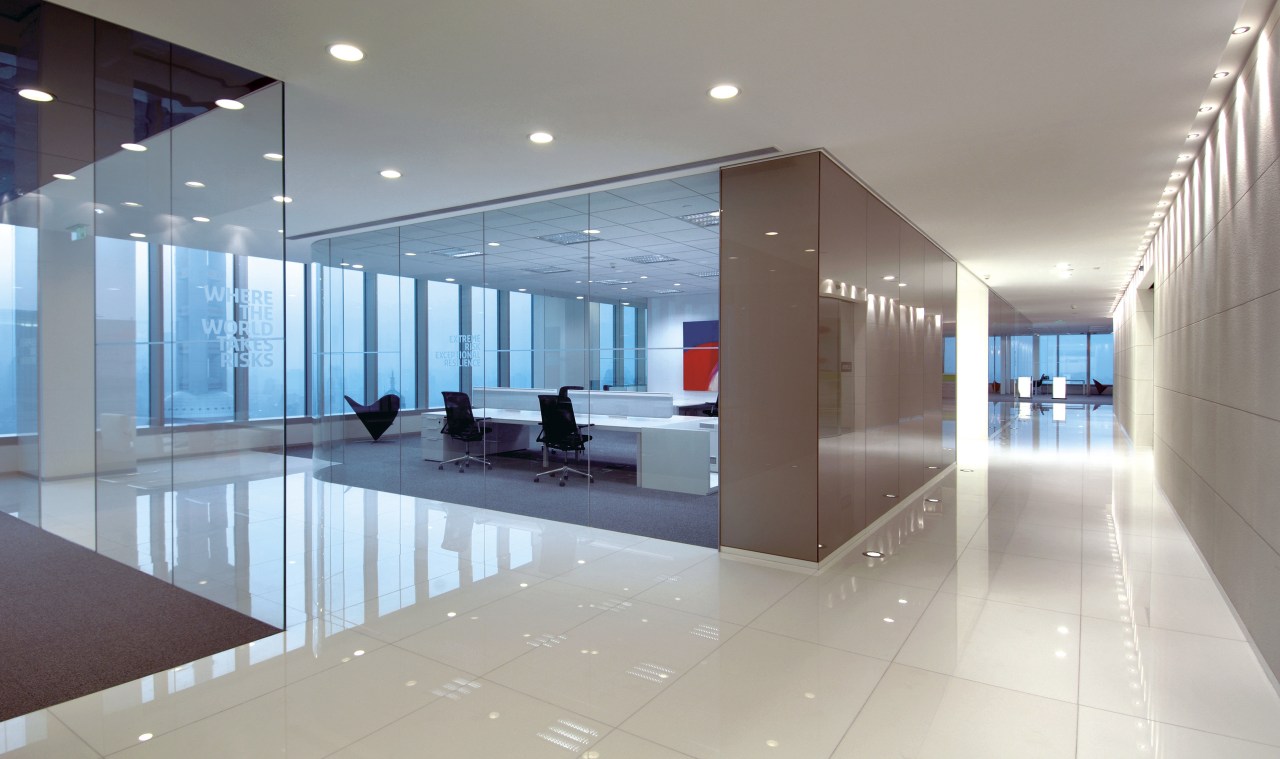
The San Francisco earthquake of 1906 may be too far gone for most to remember, but it was a key moment in the three-century-long history of Lloyd's of London. Following the earthquake, the global insurance giant paid out all policyholders in full, irrespective of the terms of their policies.
When a company has a strong business ethos, it is important to show this symbolically through the design of its offices. When Lloyds opened its first Asia office in Shanghai, it asked for the design to relay a sense of transparency and openness. With this in mind, M Moser Associates created a minimalist environment that made use of plenty of glazing, says designer Ziggy Bautista.
"There are no doors or non-essential elements here to hinder movement or the interplay of shadows and reflections, caused by the extensive use of glass. While still allowing for private areas, the entire office is unified by transparent and semi-closed glass partitions that link it with the outside world."
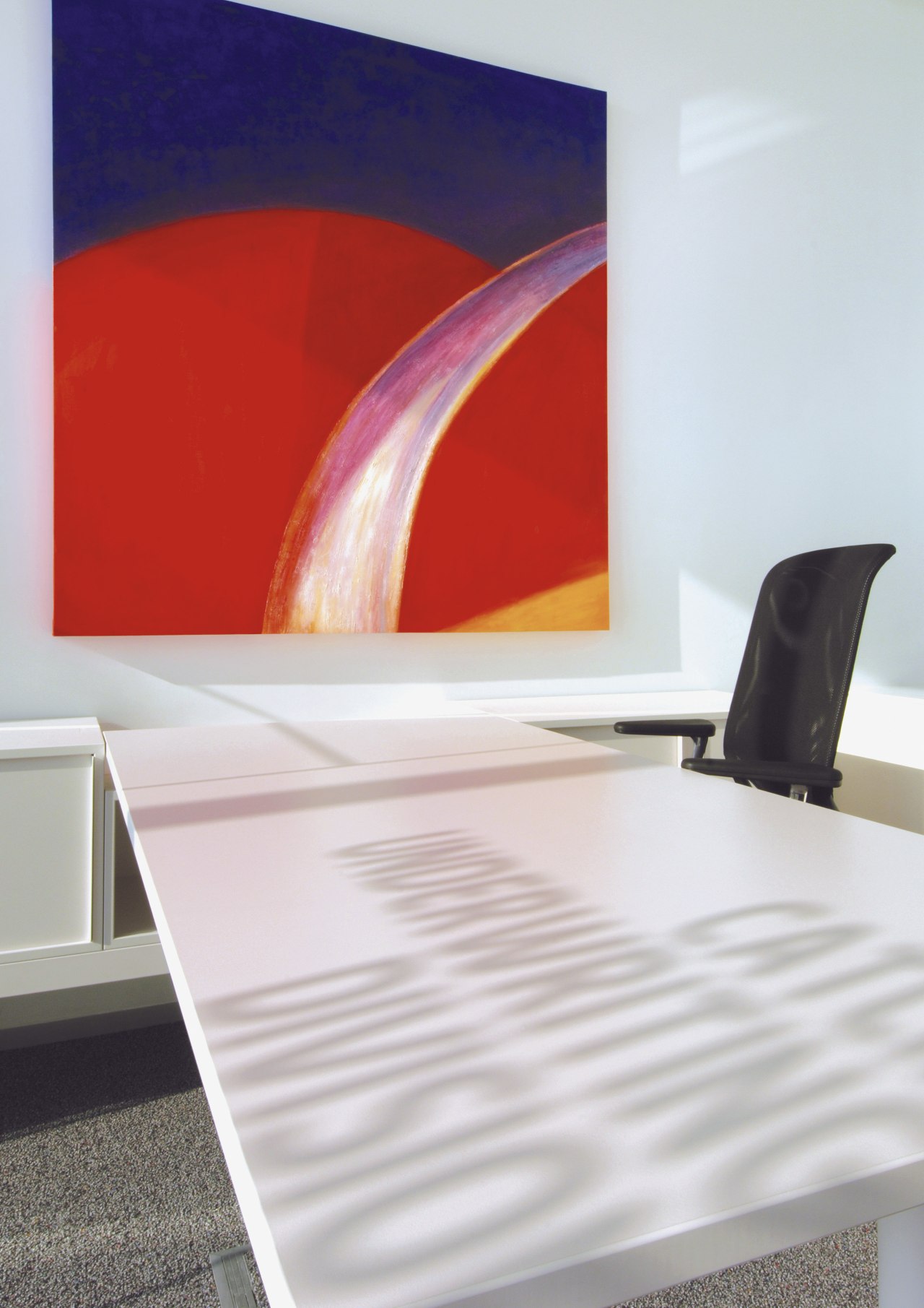
Large-format windows allow for panoramic 33rd floor views of many famous landmarks, such as The Bund and the Pearl Tower. A window-side lounge area creates an open border around the office, channelling movement through the different departments, as well as providing areas for reflection or discussion. These windows display the ways in which the city changes, depending on the time of day.
"The view becomes a kind of living wallpaper for staff and clients. The city of Shanghai is futuristic in terms of its architecture, but it also has a long history, which can be seen in its buildings. This is similar to the extensive history of Lloyd's as a renowned three-century-old brand that has moved with the times."
Exemplifying Lloyd's quest to keep abreast of modern technologies is its aim to become a genuinely paper-free office. A major challenge facing the design team was the total concealment of sophisticated technologies that are essential to the company's work. M Moser Technology, an in-house engineering team, worked to conceal all wiring and AV equipment inside walls and floors. For ease of use and to reduce clutter, a hand-held touch screen control panel operates all the technologies in a room, from the drawing of curtains to connections for laptops. A state-of-the-art PC in the conference room is located beneath the carpeting. When switched off, its screen is barely visible behind black glass. Similarly, the reception area computer screen is concealed under the glass surface of the desk.
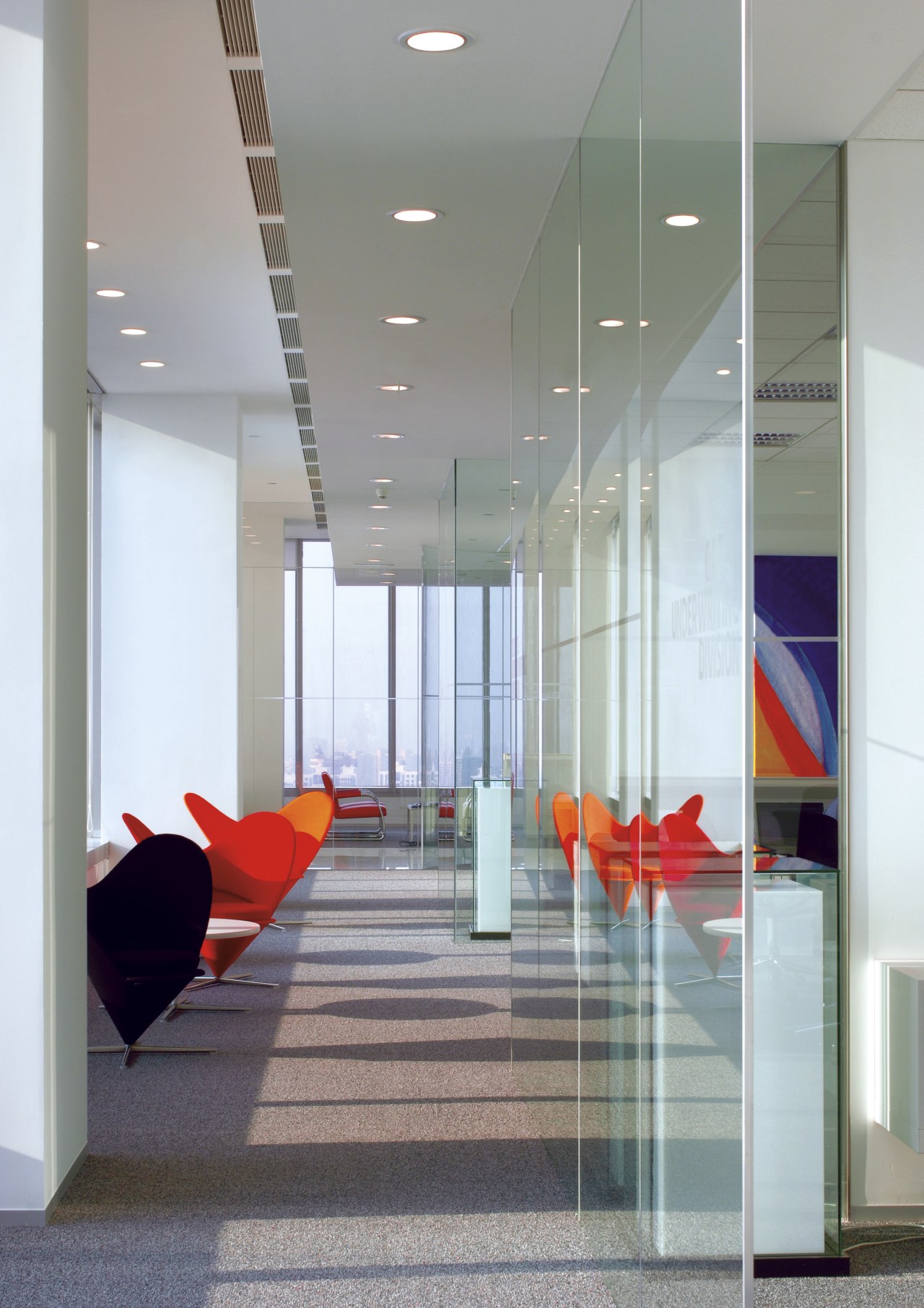
In order to prevent the offices from appearing too stark and sparse, basic primary colours are used in elements of the furniture and artwork. At different times of the day, sunlight shining through frosted glass walls adds a sense of brightness and an essence of colour. In the reception area, an image printed on a prominent glass wall depicts the interior of the famous Lloyd's building in London, which was designed by Richard Rogers in 1978. The company's architecture is used extensively in its literature, says Bautista.
"Lloyd's has long believed in using its offices as a vibrant and highly visible expression of its ethos. The building in London is therefore reflected in the building in Shanghai, thus carrying on the traditions of the company," says Bautista.
Also printed on the glass in various areas of the office is text that expresses the company's principles, and the names of its underwriting divisions, Catlins and St Paul. One example is the slogan, extreme risk, exceptional resilience', which is printed on the wall of the boardroom. At certain times of the day, the sun projects these key slogans and phrases onto floors and tables through shadow.
Credit list
Architect
Carpet tiles
Paints
Partition
Conference chairs
Glass
Story by: Trendsideas
Home kitchen bathroom commercial design
Diving into nature
Classic looks, contemporary efficiency
Personality plus
Commercial Design Trends Vol. 24/4
This edition of Commercial Design Trends celebrates knowledge with an array of educational and research facilities that ...
Read More
